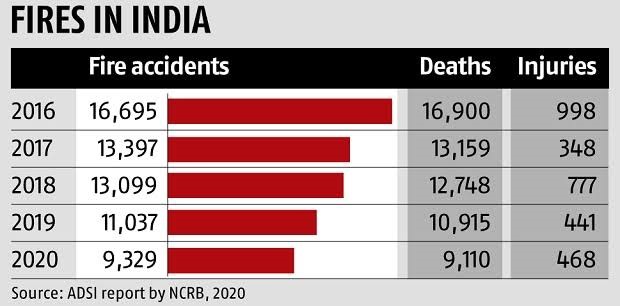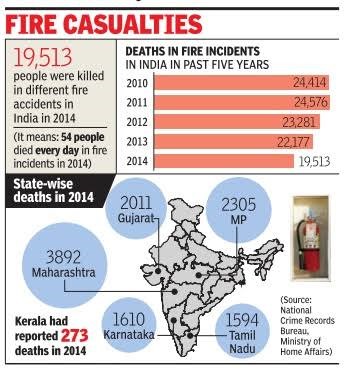Free Courses Sale ends Soon, Get It Now


Free Courses Sale ends Soon, Get It Now


Daily Editorial Analysis
Editorial Analysis based on “Fires in Rajkot and Delhi: To get safer cities, we must demand them” which was published in The Hindu.
Introduction:


Issues of urban fires in india
Role of By-laws and Building Codes:
Spatial Relationships and Complexity in compliance:
Loss of Public Spaces and Privatization:
Air Pollution:
Traffic and Mobility Challenges:
Urbanization and Building Edifices of Consumption:
Way ahead:
Sponge cities:
https://www.iasgyan.in/daily-current-affairs/sponge-cities-1
Smart Cities:
https://www.iasgyan.in/daily-current-affairs/smart-cities
Fire safety in India
https://www.iasgyan.in/ig-uploads/pdf/9394433.pdf
© 2024 iasgyan. All right reserved